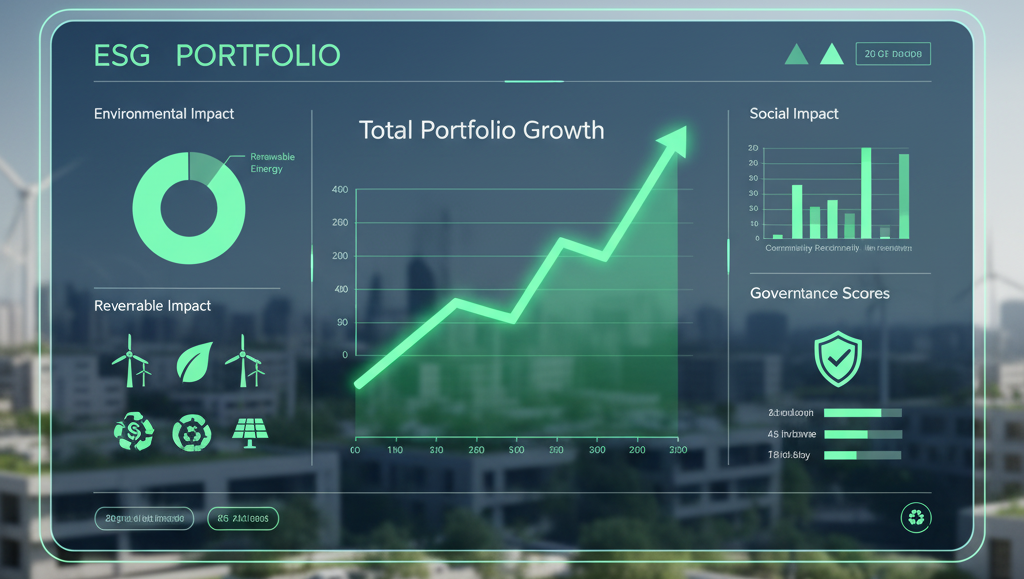Sustainable investing, also known as ESG (Environmental, Social, and Governance) investing, has become a cornerstone of modern finance in 2025, with trillions of dollars flowing into funds that prioritize ethical and eco-friendly practices. As climate concerns and social equity gain prominence, investors are increasingly aligning their portfolios with values that promote long-term planetary and societal health. This shift not only drives returns but also influences corporate behavior, making sustainability a key driver in business strategies worldwide.

Historical Evolution and Market Growth
The roots of sustainable investing trace back to the 1960s with socially responsible investing (SRI), which avoided “sin stocks” like tobacco or weapons. The 2000s saw the formalization of ESG criteria, boosted by the UN Principles for Responsible Investment in 2006. By the 2010s, assets under management in sustainable funds surpassed $30 trillion globally.
In 2025, amid post-pandemic recovery and geopolitical shifts, ESG assets have ballooned to over $50 trillion, per Bloomberg Intelligence. Regulations like the EU’s Sustainable Finance Disclosure Regulation (SFDR) and the U.S. SEC’s climate disclosure rules mandate transparency, compelling companies to report on carbon footprints and diversity metrics. This has spurred innovation, with tech giants like Apple and Microsoft leading in green bonds for renewable projects.
Key Strategies and Investment Vehicles
Investors employ various approaches:
- Screening: Excluding harmful industries while including those with strong ESG scores, using tools like MSCI or Sustainalytics ratings.
- Impact Investing: Targeting measurable positive outcomes, such as microfinance in developing economies or clean water initiatives.
- Thematic Funds: Focusing on trends like renewable energy or gender equality, with ETFs like the iShares Global Clean Energy seeing record inflows.
Businesses benefit too: firms with high ESG ratings often enjoy lower capital costs and higher valuations. For instance, Tesla’s sustainability focus has propelled its market cap, while traditional oil companies diversify into hydrogen and biofuels to attract investors.

Challenges and Risks in the Landscape
Despite growth, hurdles remain: “greenwashing”—misleading claims about sustainability—erodes trust, prompting stricter audits. Economic volatility, like inflation spikes, can sideline ESG in favor of short-term gains. Geopolitical factors, such as supply chain disruptions from conflicts, challenge global standards.
Moreover, measuring impact is complex; social metrics like labor rights vary by region. Investors must navigate these by diversifying and using AI-driven analytics for deeper insights.
Future Outlook for Businesses and Investors
By 2030, sustainable investing could dominate, with net-zero commitments becoming standard. Opportunities abound in emerging markets like Africa, where solar microgrids offer high returns and social impact. For businesses, integrating ESG is no longer optional—it’s a competitive edge.
In a finance-driven world, sustainable investing reframes success: profits with purpose, ensuring resilience for generations.
